Chilly Garage? Here’s the Best Way to Heat It Like an HVAC Pro (No Frostbite Allowed!)
Heating matters and these professionals explain how you can warm up this space in your home during the winter freeze
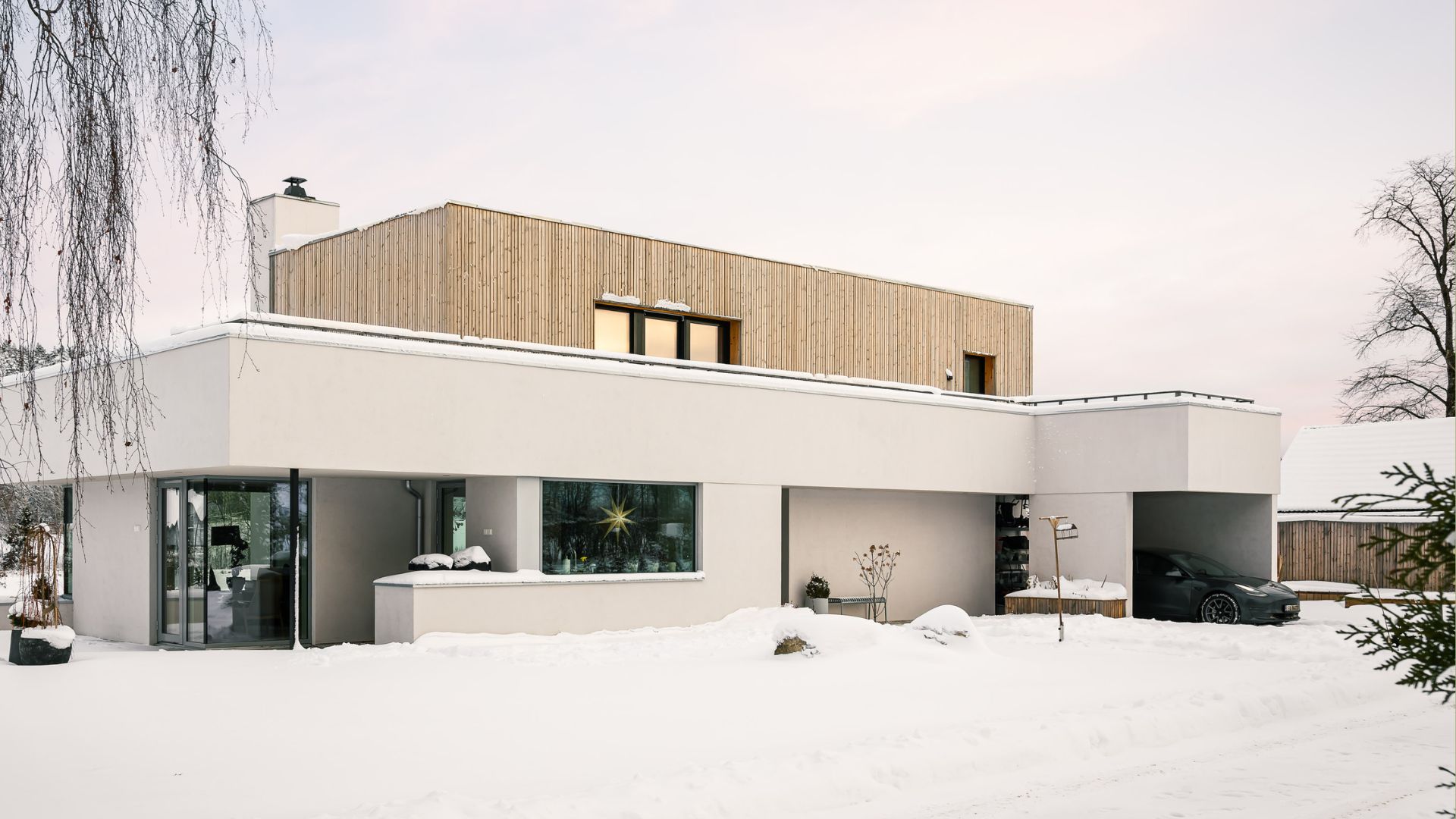

Knowing how to safely and effectively heat a garage during the winter could be an energy-efficient hack for your home, according to our HVAC experts. The garage may not be a high-traffic area in the home, but it's still one that is quite useful.
From storing away seasonal decor to storing your beloved transportation — for many, the garage is used for multiple purposes. But did you know that temperature matters when it comes to winterizing a home? In order to avoid mold, burst pipes, and condensation, it's key that your garage doesn't get too cold during these months, and there are a few simple and smart ways to keep your garage warm.
Here are a few highly effective ways you can heat a garage, according to HVAC experts.
Best Way to Heat a Garage

After speaking to HVAC experts, it's clear that there are different types of heating systems you can install to properly heat a garage.
HVAC expert Ryan Camp from Harrington Air Conditioning says mini-split systems are highly efficient and effective. "Heating a garage will really depend on its size, insulation, and intended use, but my top choice is a ductless mini-split system. Mini-splits are highly efficient, easy to install, and provide both heating and cooling," explains Ryan. "They allow you to control the temperature precisely and operate quietly — ideal if you use your garage as a workshop or living space. Mini-splits are energy-efficient because they use heat pump technology to transfer heat rather than generate it, saving on energy costs over time."
Mini split systems such as this Ductless Mini Split Air Conditioner with Heat Pump from Home Depot should do the job, as well, and this MRCOOL Advantage Single Zone 12000-BTU 21.4 SEER Ductless Mini Split Air Conditioner Heat Pump from Lowe's.This Senville LETO Series Mini Split Air Conditioner Heat Pump is Amazon's best seller with over 6,000 reviews.
John Jordan, HVAC expert and the President of Integrity Heating & Cooling, tells us that the ultimate choice is a hydronic radiant floor heating system. "It heats the garage evenly from the ground up, providing consistent warmth that's perfect for anyone working in the garage or using it frequently. Plus, it eliminates cold spots and is energy-efficient in the long run," says John. "If that’s too ambitious, consider ceiling-mounted electric radiant heaters. Firstly, they save floor space. Secondly, they deliver consistent warmth. Thirdly, since they heat objects and people directly, not the air, they're efficient in uninsulated garages."
What Temperature Should a Garage Be During Winter?

Now, what is the best winter setting for a thermostat in a garage? Ryan recommends keeping your garage between 40°F and 60°F in winter.
"This will prevent your pipes from freezing and keeps the garage comfortable for use without wasting energy. If the garage is used as a workshop or contains sensitive equipment, maintaining a temperature closer to 55°F to 65°F is best," he explains. "You can use a programmable thermostat to maintain efficiency as well."
Here are some chic programmable thermostats you can upgrade to.
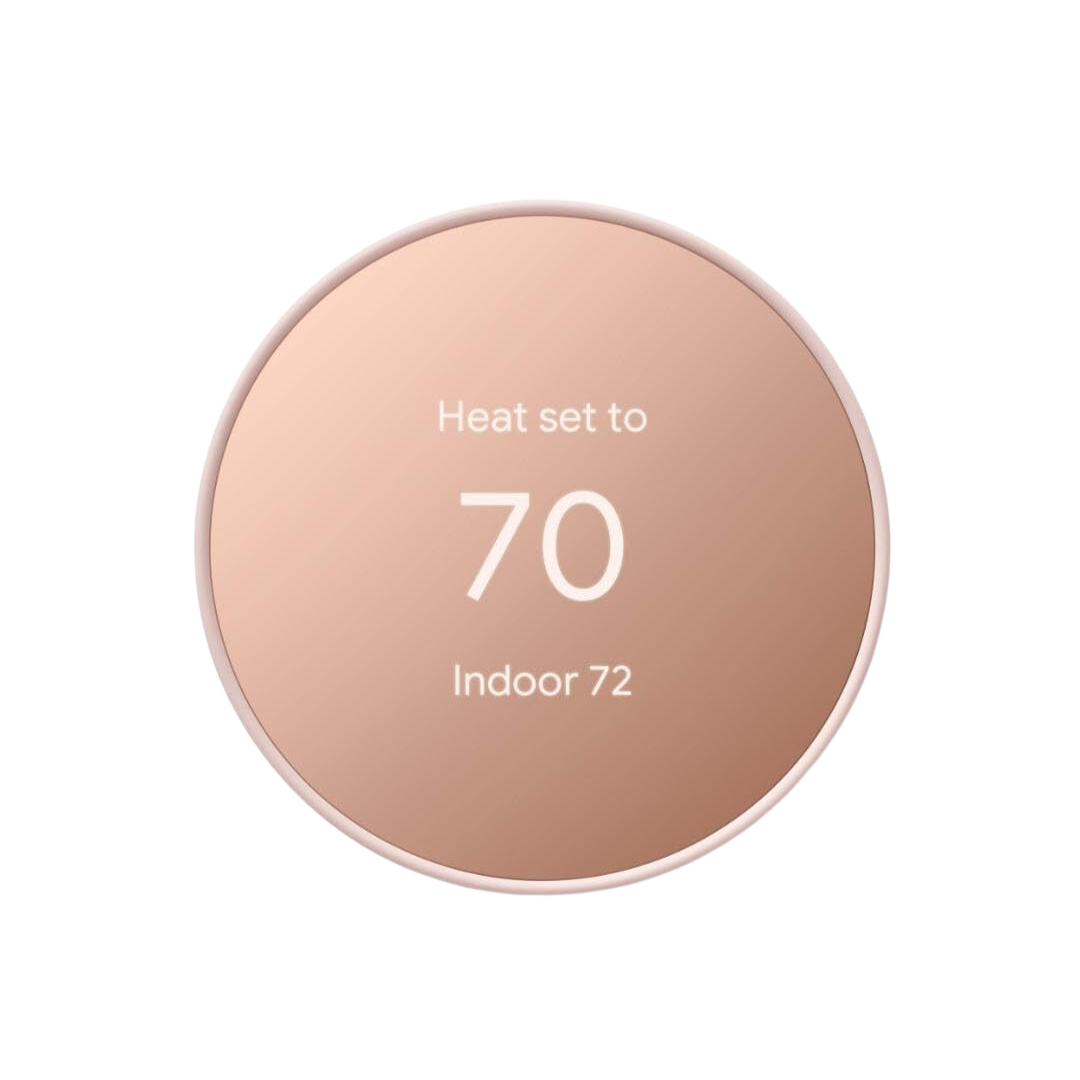
Price: $99.99
Was: $129.99
This Google Nest Thermostat from Amazon is easy to use and can help you save energy throughout your home. It features a compatible HVAC system, Wi-Fi internet connection, phone or tablet (iOS or Android), and Google Home app — making the process as smooth as possible for you in your home.
Customers also love this device, with one shopper writing: "The Nest thermostat works really well with the Google Home phone app. Easy to install and then set up in the app. The Nest is also easy to control without using the app. If you want to set up a programmed schedule you do need the app, but can be used without the app for manual control." Another shopper says it also seamlessly matches their home decor. "Can you believe I found the perfect dusty pink thermostat to match my wallpaper??? It works great, too. I am so happy."
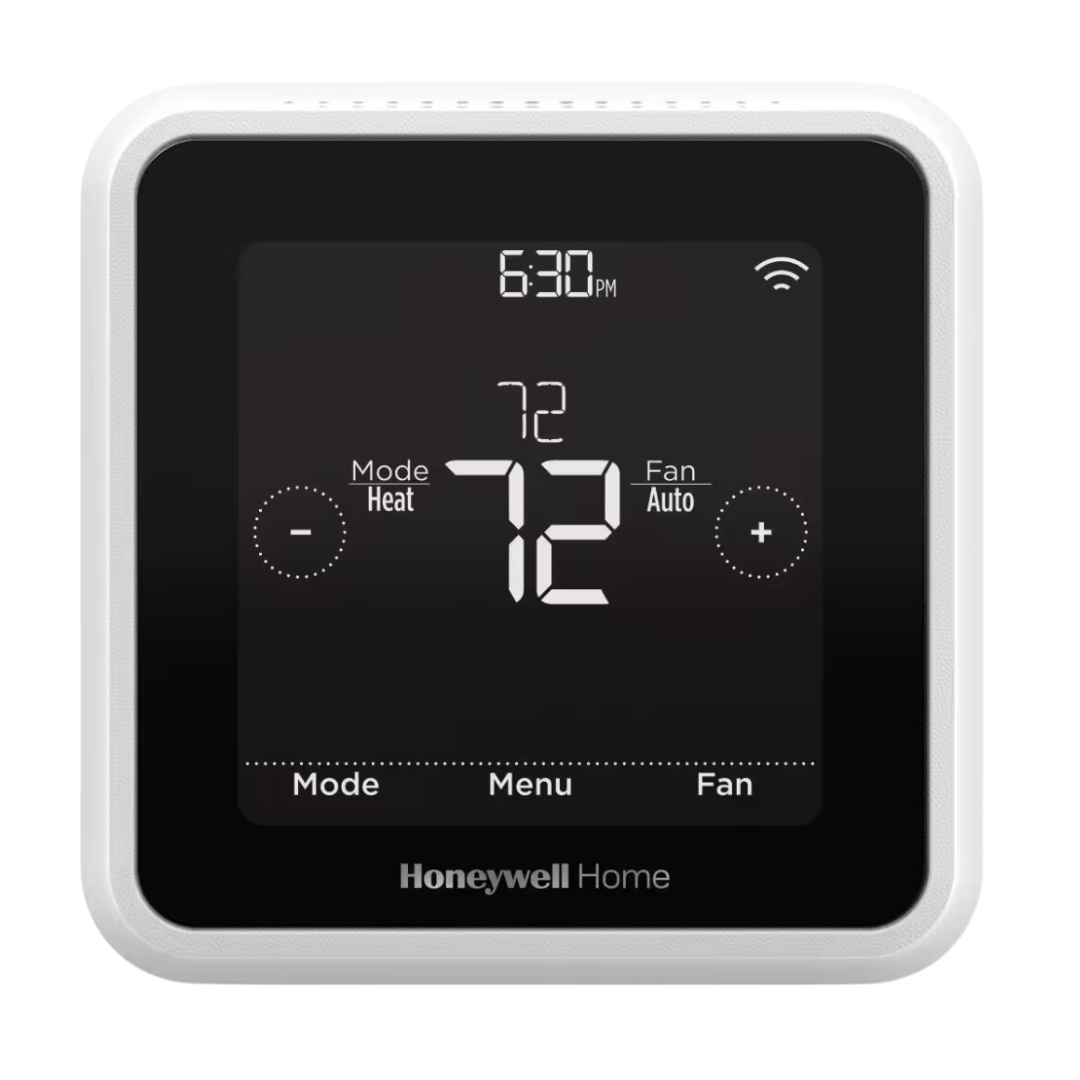
Price: $99.99
This 7-Day Smart Wi-Fi Programmable Thermostat from Home Depot has a scheduling feature that claims it can save 8-16% on energy bills. It can also be controlled from anywhere with the app and has an auto Home/Away — the smart response aims to provide personalized comfort.
Don't just take my word for it. With over 200 reviews, one shopper notes it: "Works great, and now I can control my Thermostat from my phone." While another writes: "Easy to install, clear instructions, and it does what it’s supposed to do."
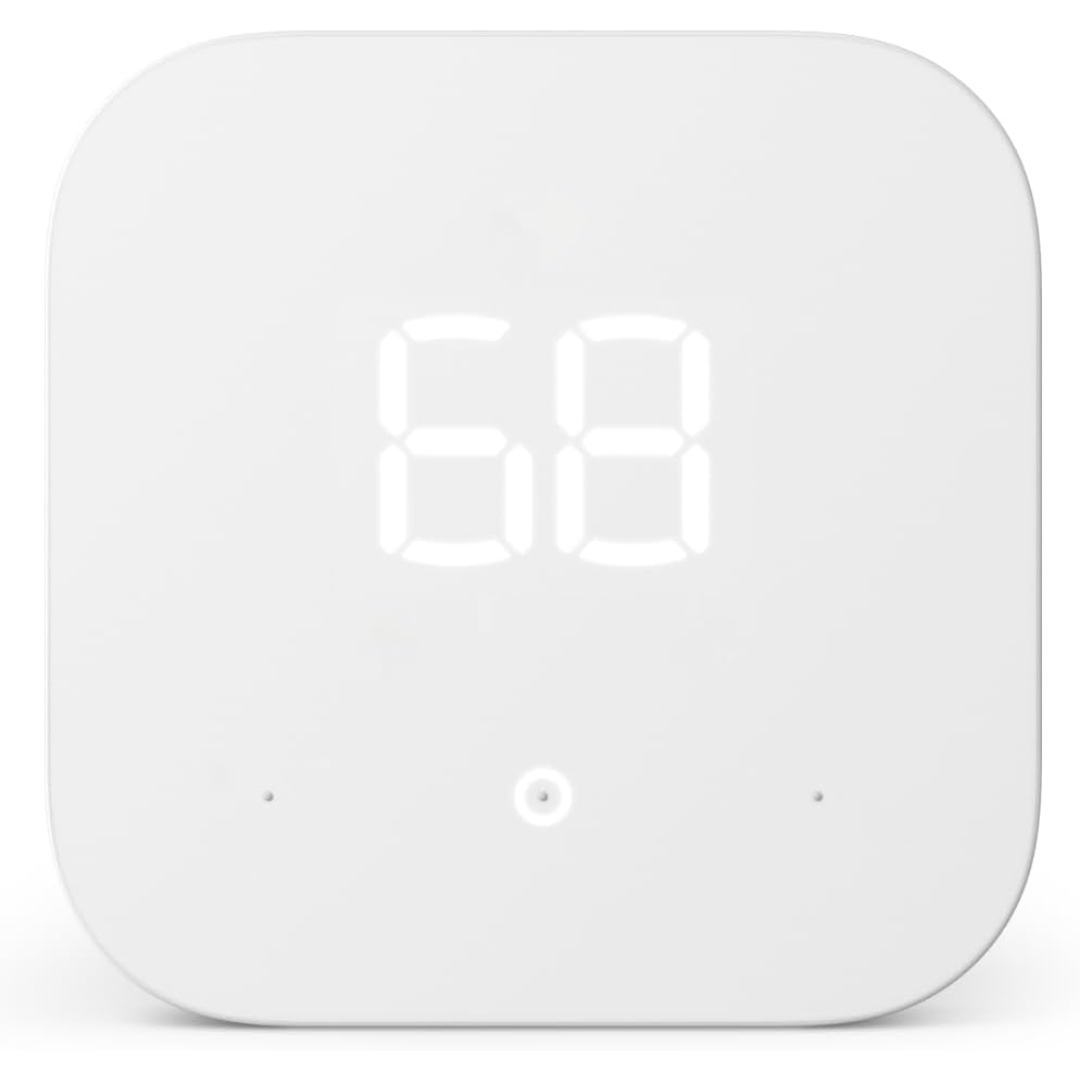
Price: $79.99
Carrying over 24,000 views this Amazon Smart Thermostat is known for its energy saving features and automatic control. It supports temperature sensors and is compatible with Echo devices (Echo Dot (4th and 5th gen), Echo Dot with clock (5th gen), and the Amazon Smart Air Quality Monitor. It also has an on-the-go control system where Alexa can automatically switch between your preferred home, away, and sleep temperatures.
Stacking up thousands of reviews, customers find this device is easy to install and use. "I’m a big Nest fan had it on my old house the problem that I have with them it’s the cost, and even with gas company great rebate didn’t justify the cost especially with my new home having a total of 5 thermostats (t-stat)," writes one shopper. "I was excited when I found that Amazon partner with Honeywell to get this t-stat created as Honeywell has been creating t-stat for years which make me feel better when making the purchase."
Where Do Garages Lose the Most Heat?

Even if you use a smart heating system, there may be a few areas in your garage where heat can easily escape from. Ryan says the main spots to keep an eye out for include:
Garage Doors: "Thin, uninsulated doors let cold air seep in," says Ryan. "Consider upgrading to an insulated door or adding an insulation kit to the existing one."
Windows: Another issue is that "Single-pane windows or improperly sealed frames allow significant heat loss." To prevent this, the HVAC expert says you should "use weather stripping caulk or energy-efficient window coverings." Like this Advanced Silicone 2 Caulk 10.1 oz Window and Door Sealant from Home Depot or this Persilux Cordless Blackout Honeycomb Window Shades from Amazon.
Walls and Ceilings: "If the garage walls are uninsulated or the ceiling lacks proper insulation, heat escapes quickly, especially if the garage shares walls with the outdoors," says Ryan.
Floor: Lastly, the expert says, "Heat can also be lost through an uninsulated concrete floor, which absorbs cold temperatures."
FAQs
How to Prevent Heat Loss in a Garage?
According to Ryan, a simple way to prevent heat loss would be to "Insulate the garage door and walls and seal any gaps around windows and doors using weather stripping or caulking."
He continues: "You can also install a threshold seal at the bottom of the garage door to prevent drafts and add insulation to the ceiling or attic above the garage. To reduce heat loss through the concrete, consider laying down rubber mats or carpeting on the floor."
This M-D 36-in x 3.75-in Aluminum Door Threshold is priced at just $21.98 from Lowe's. As for reducing heat loss through concrete, you can use this Rubber-Cal Diamond-Plate Rubber Flooring Rolls from Amazon — currently priced at $14.47.
Be The First To Know
The Livingetc newsletters are your inside source for what’s shaping interiors now - and what’s next. Discover trend forecasts, smart style ideas, and curated shopping inspiration that brings design to life. Subscribe today and stay ahead of the curve.

Faiza is the Renovation Editor at Livingetc. Faiza is currently renovating her small kitchen in her dainty apartment in London. Faiza previously worked for The Independent as a News Feature Writer, where she crafted lifestyle, entertainment, and news stories. She also worked as an Audience Editor for the newspaper for almost two years. Thriving in the busy newsroom, Faiza also spent her time crafting stories for Sky News as an SEO reporter, where she produced stories based on trending topics. Lifestyle and interior design is a space she has been interested in for quite some time, and as she blossoms in this field, she will continue to further her skills in design and gardening. Faiza has a background in SEO, social media, and reporting. Her passion for writing goes beyond her workm as she loves all things poetry and creative writing.
-
 The Weighted Blanket That Doesn’t Make You Sweat (and the Eye Mask to Match)
The Weighted Blanket That Doesn’t Make You Sweat (and the Eye Mask to Match)Luxury has weight. And apparently, volcanic minerals
By Julia Demer
-
 What Is Biophilic Interior Design? I'm an Actual Biophilic Designer, and This Is How to Apply It to Your Home
What Is Biophilic Interior Design? I'm an Actual Biophilic Designer, and This Is How to Apply It to Your HomeA biophilic designer explains the core principles of this practice, and the easy ways you can apply it to your home's design
By Marianna Popejoy
-
 These Are the Dos and Don'ts of Bamboo Plant Placement — Follow This to Avoid Bad Feng Shui
These Are the Dos and Don'ts of Bamboo Plant Placement — Follow This to Avoid Bad Feng ShuiBy following the experts' guidance on where to place this houseplant you can usher luck, wealth, and prosperity into your home
By Lilith Hudson
-
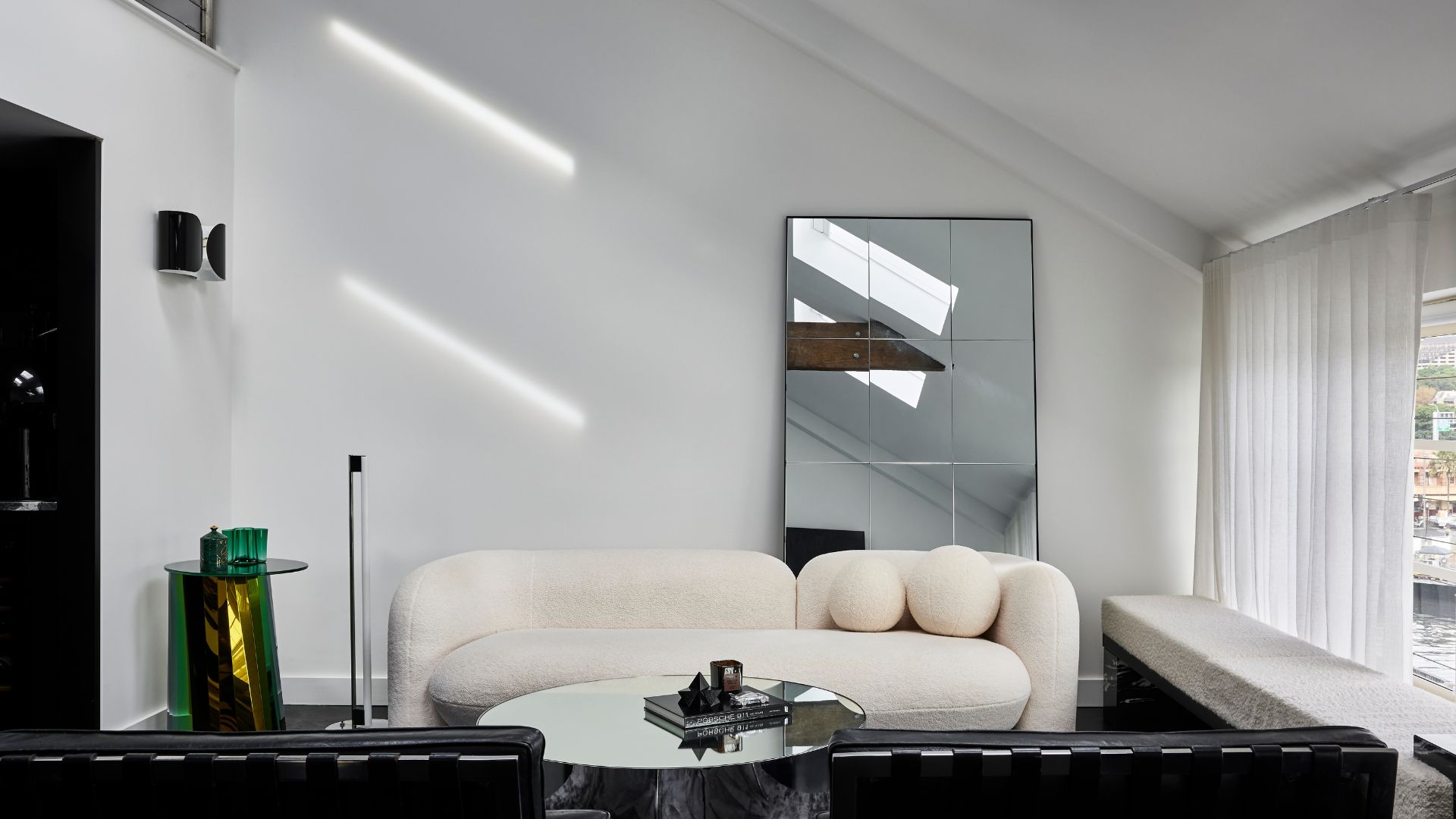 Is It Okay to Have a Mirror Facing a Door in Feng Shui? The Verdict Is In and It Just Might Surprise You
Is It Okay to Have a Mirror Facing a Door in Feng Shui? The Verdict Is In and It Just Might Surprise YouDecorating your home with mirrors calls for intention if you're dressing your space in accordance with Feng Shui. Here's what you should know.
By Amiya Baratan
-
 4 Things to Unpack as Soon as You Move House — For a Comfortable and Organized Fresh Start
4 Things to Unpack as Soon as You Move House — For a Comfortable and Organized Fresh StartIf you have a major move in the works and you're looking to prepare in advance, this is the starter kit you need to properly set up your new home.
By Amiya Baratan
-
 10 Decluttering Challenges to Have on Your Radar This Year — For a Tidier, More Mindful Home
10 Decluttering Challenges to Have on Your Radar This Year — For a Tidier, More Mindful HomeIf you're interested in transforming your home for the better, here are 10 decluttering challenges I recommend for a professionally tidy space.
By Amiya Baratan
-
 Biophilic Decluttering — What to Take Out of Your Home (and What to Put in) for a More Natural Home
Biophilic Decluttering — What to Take Out of Your Home (and What to Put in) for a More Natural HomeTry your hand at biophilic decluttering to ground your interiors, connect to the environment, and cure chronic clutter in one go. Here's how.
By Amiya Baratan
-
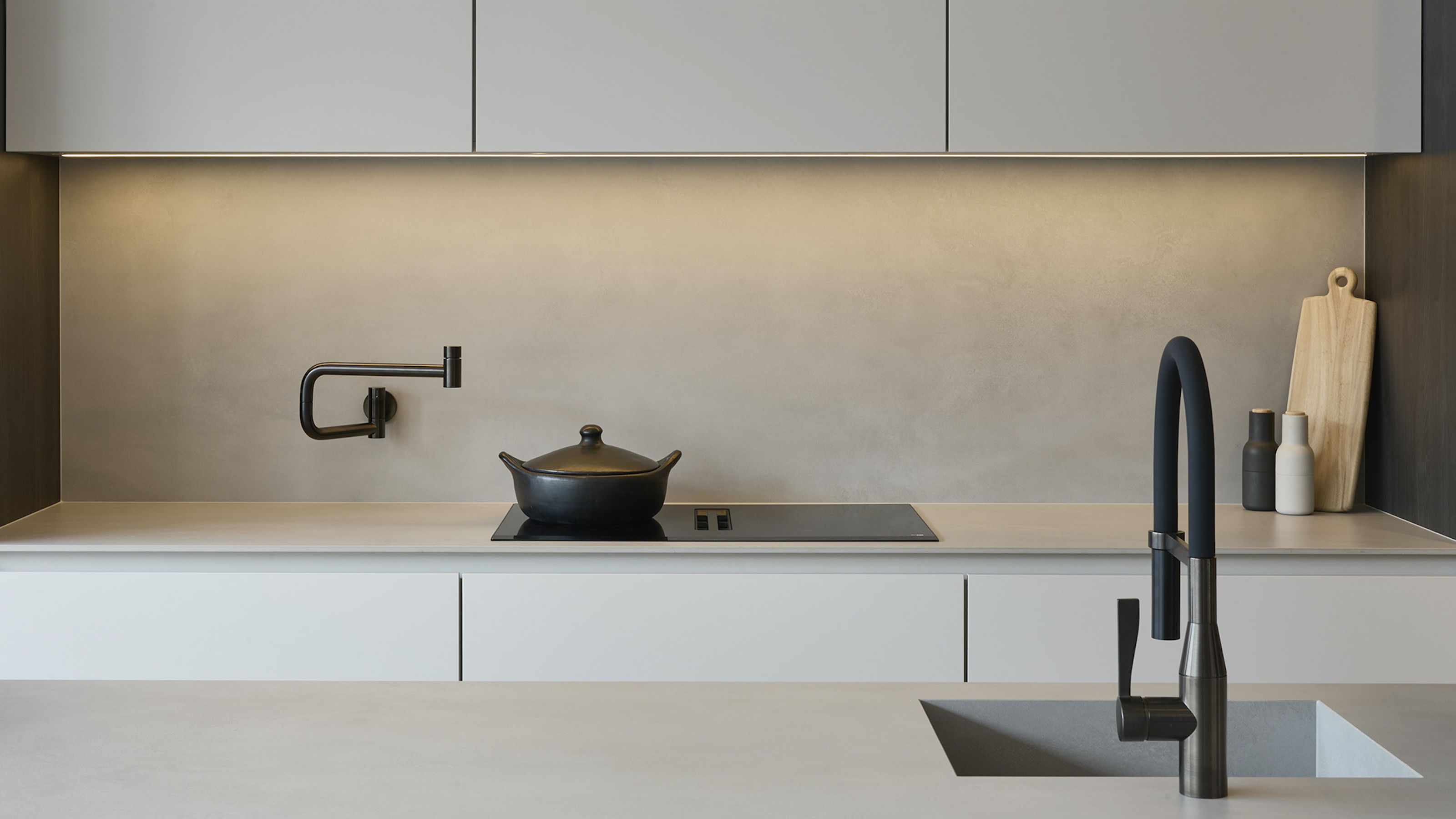 The 10 Different Types of Kitchen Taps — And the Pros and Cons of Each One to Know Before You Pick
The 10 Different Types of Kitchen Taps — And the Pros and Cons of Each One to Know Before You PickFrom sleek pull-outs to vintage bridge taps, explore 10 kitchen tap styles that mix function, flair, and a splash of cool
By Linda Clayton
-
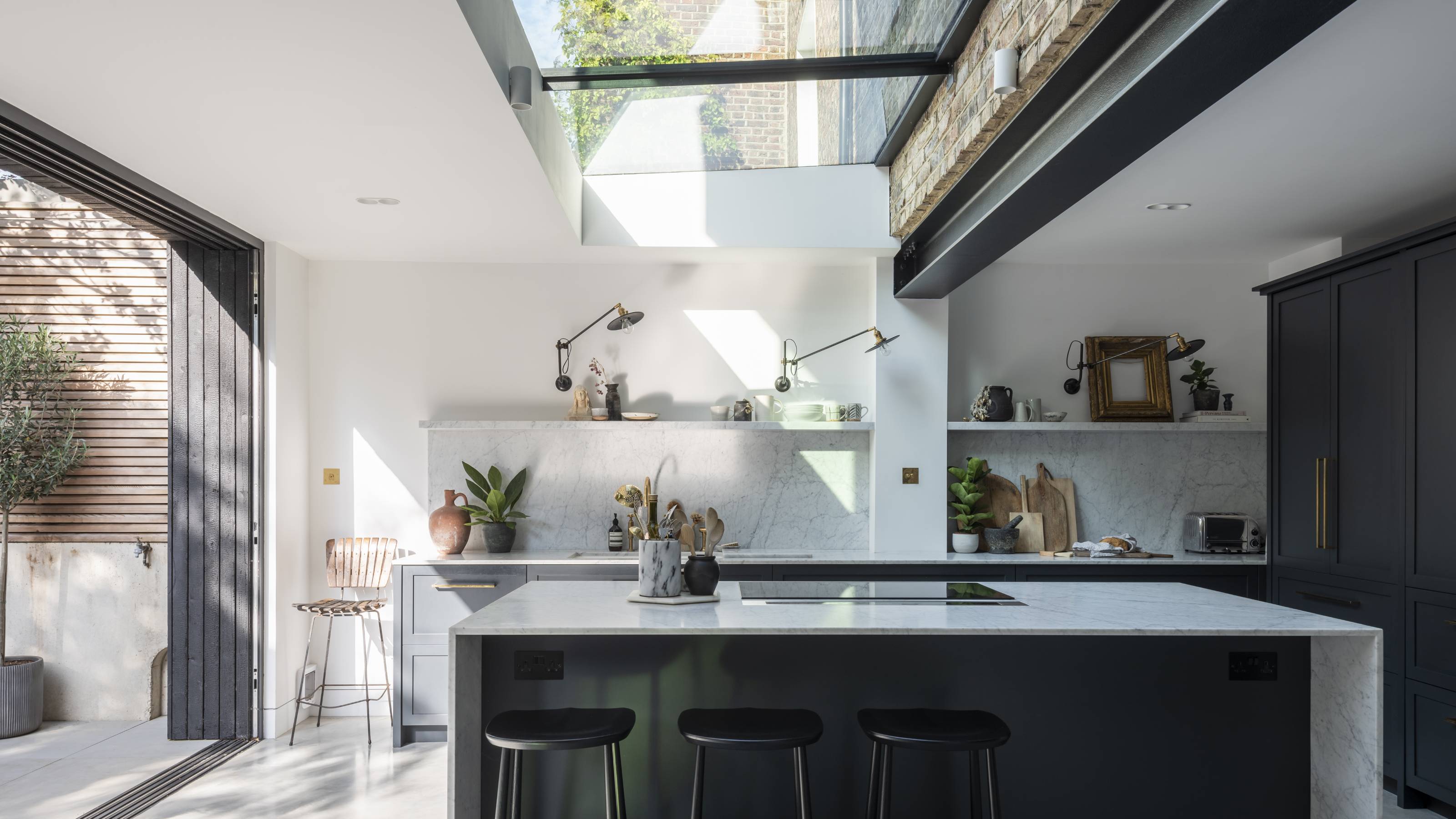 How Much Does an Extension Cost in 2025? Renovation and Design Experts Break Down Your Budget
How Much Does an Extension Cost in 2025? Renovation and Design Experts Break Down Your BudgetExplore how much different types of extensions cost in 2025 to budget for your project accurately
By Amy Reeves
-
 9 Bathroom Storage Mistakes You're Probably Making That Make Using This Space Much Harder — And What to Do Instead
9 Bathroom Storage Mistakes You're Probably Making That Make Using This Space Much Harder — And What to Do InsteadDiscover which mistakes are to blame for your overcrowded and cluttered bathroom
By Seraphina Kyprios